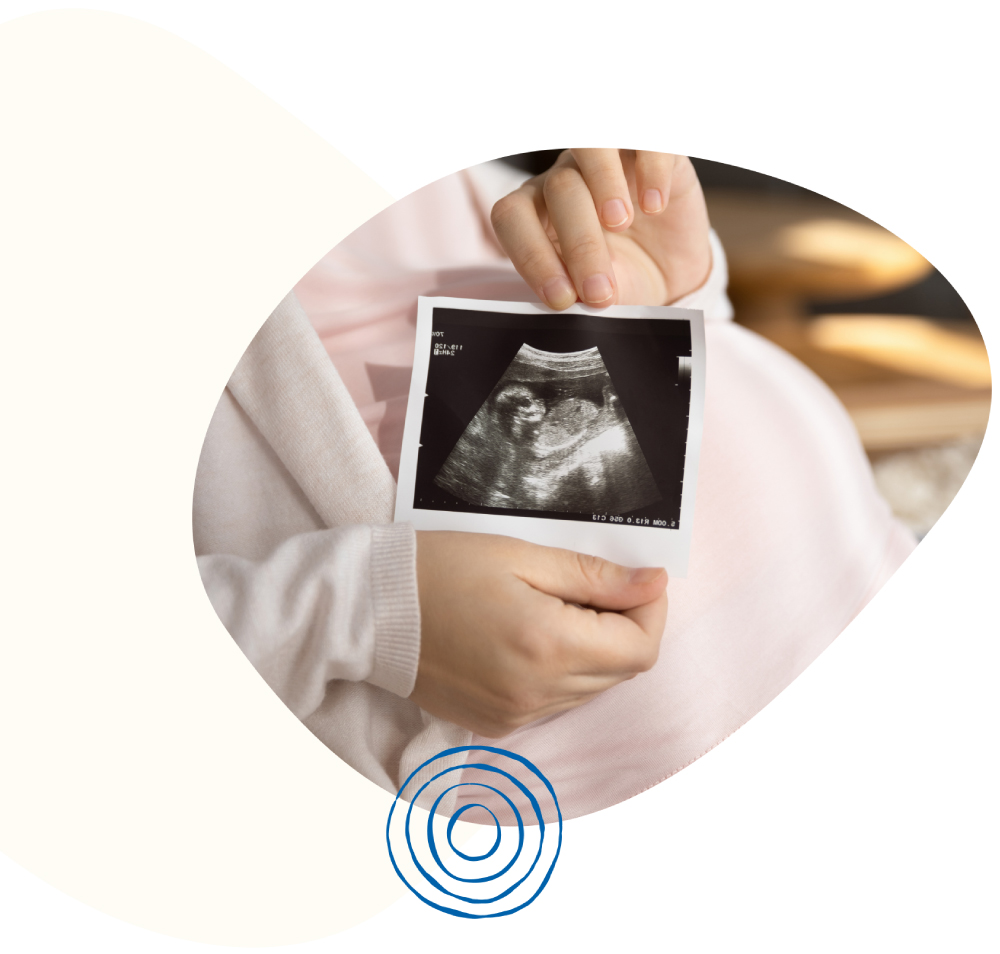
1. Filling Out An Application
Filling out an application is the first step to this big and important decision of wanting to be a Gestational Carrier (GC). Click below to complete our application.



Filling out an application is the first step to this big and important decision of wanting to be a Gestational Carrier (GC). Click below to complete our application.
Once completed we will reach out to you to discuss your application and review the criteria of becoming a GC.


Filling out an application is the first step to this big and important decision of wanting to be a Gestational Carrier (GC). Click below to complete our application.
Once that is completed, you will be invited to complete the required paperwork. These documents include:


In order to move forward with becoming a GC, Family Formers will need to run a full background check on you and your spouse (if applicable).
Your health is our priority, we will never put your health and wellbeing at risk, which is why it is very important that you are honest about your medical and delivery history. It is imperative that we receive all your medical records for the delivery of all your child(ren) from your physician, as well as the OB Clearance Form to be a GC.
Begin collecting and submitting copies of all the child(ren) delivery records from the hospital or birth center (Family Formers can fax and request these records on the GC’s behalf, if the GC filled out a Records Release for the hospital’s Records Department and returned back to Family Formers).
Family Formers will also need an OB Clearance Form filled out by the GC’s current Obstetrician.


The GC will also have an evaluation which includes psychological testing and an interview with a fertility psychologist.
The GC will be introduced to potential IPs and if both parties agree, will move on to the next step in the process.


You will have a medical screening at the IPs IVF clinic which includes: an Hysterosalpingogram (HSG), Saline Infusion Sonohysterography (SIS), FDA labs for STDs, and bloodwork, physical examination, and consult. The HSG is an X-ray procedure that the IVF specialist will perform to look at your fallopian tubes and uterus to rule out any blockages. According to the ASRM, “the SIS procedure evaluates the uterus and uterine cavity using ultrasonography while sterile saline is instilled into the uterine cavity. The purpose of SIS is to detect abnormalities of the uterus and endometrial (uterine) cavity.”
A legal contract called a Gestational Surrogacy Agreement (GSA) will be drafted by the IPs’ fertility attorney. You will review the GSA with your assigned fertility attorney. Once approved by all parties, the GSA must be signed and notarized.


You will be giving a Frozen Embryo Transfer (FET) calendar with important dates about appointments, medication start up, and estimated FET. The cycle will commence by starting birth control pills (helps with controlling your menstrual cycle). You will use several medications throughout the preparation cycle, which includes: Leuprolide (Lupron) injections (to calm down your own ovaries’ production), Estrogen patches (used to thicken your uterine lining), and Progesterone injections (helps maintain the pregnancy until the placenta produces its own progesterone).
While you are adding the above-mentioned medications throughout the preparation cycle, you will be attending several monitoring appointments in which you will have ultrasounds and bloodwork. The actual FET will happen once your lining has thickened enough, and your estradiol levels are right. The IVF doctor and nurse will explain the FET process which is painless and a quick visit to the clinic. You will be recommended to rest that day and resume your normal activities with minor restrictions the next day. You will have your first pregnancy blood work test (HCG test/Beta Test) 10 days after FET. Once pregnancy is confirmed via bloodwork, you will be scheduled for an ultrasound around 6 weeks gestation and follow up at around 8 weeks. Then, you will graduate for prenatal care with your OBGYN.


